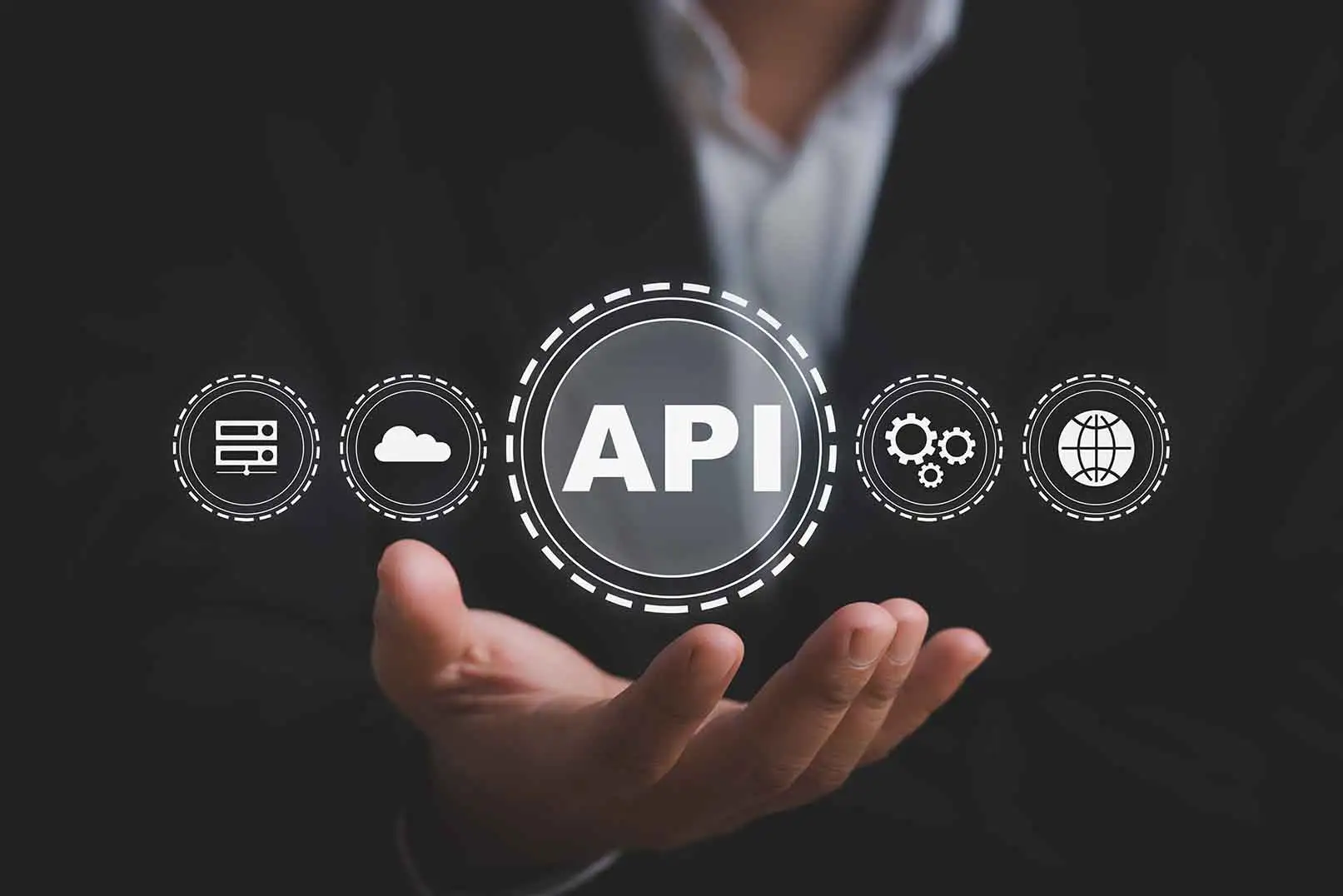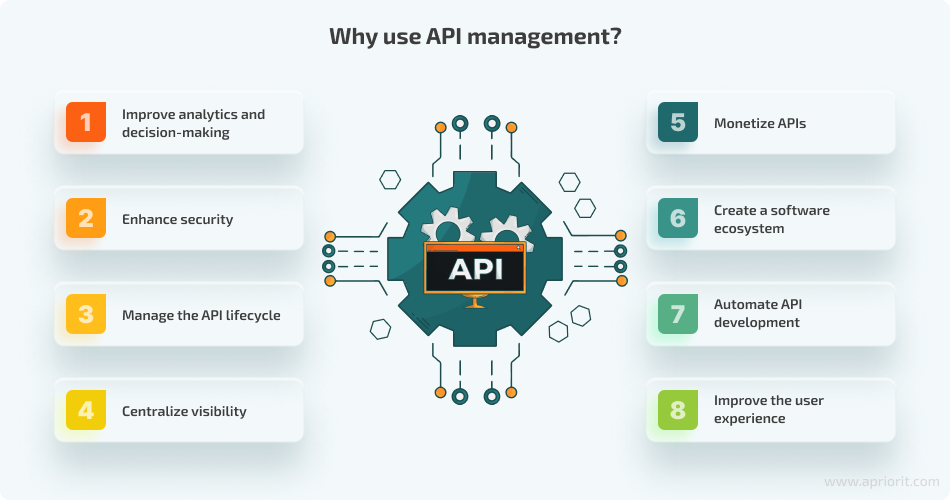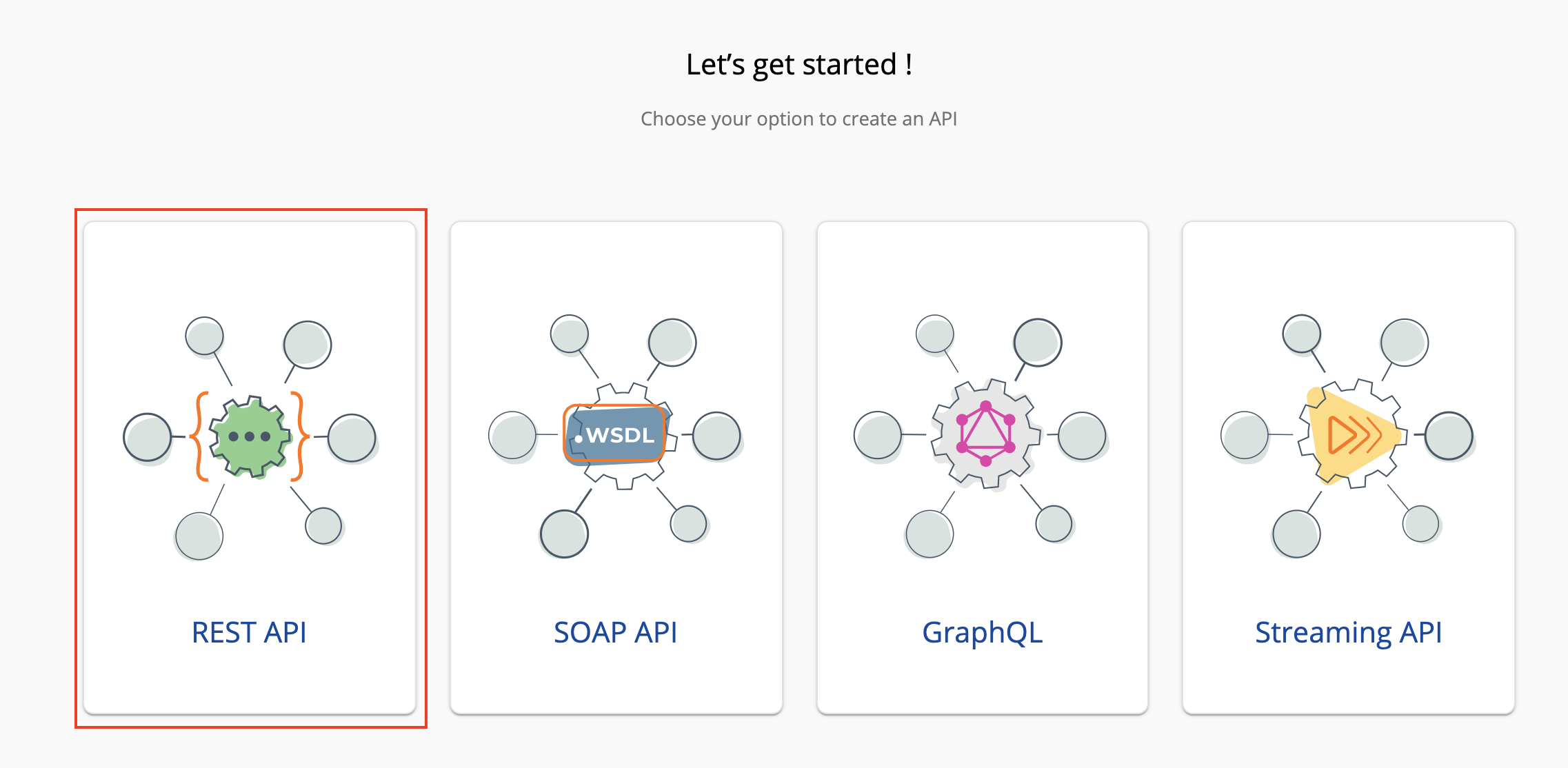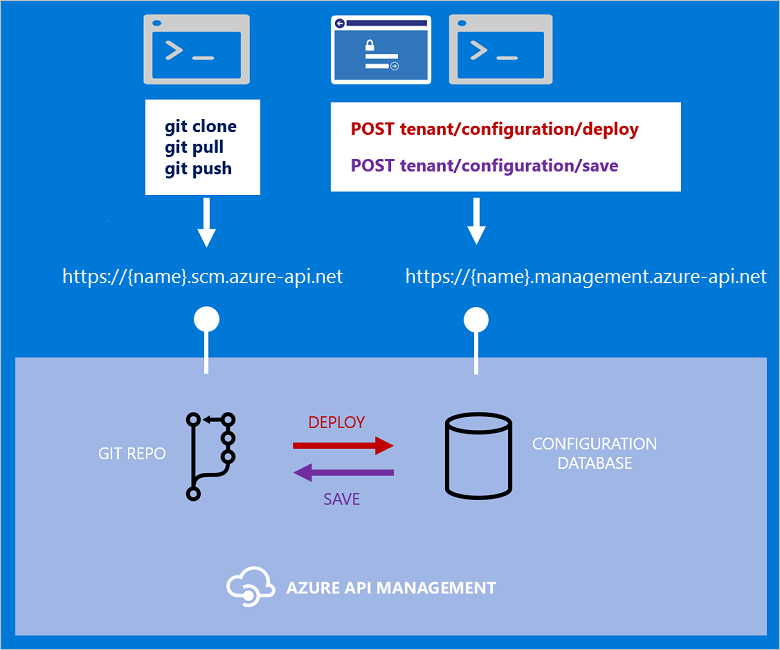
Scale computational resources dynamically with Runpod APIs, designed for efficient deployment of ML models.






Integrate powerful AI and third-party APIs to enhance your business capabilities. Leverage GPU-based APIs for high-performance computing and seamless integration.
API integration connects your application with external platforms, enabling seamless communication and functionality extension. GPU-based APIs unlock high-performance capabilities for AI and ML tasks.
Partner with us to integrate APIs like OpenAI, Runpod, or custom solutions designed for your specific requirements. Unlock the power of GPU-driven APIs to elevate your business.
API integrations enable businesses to leverage external services, tools, and platforms to enhance their capabilities, streamline workflows, and improve customer experiences.
With API integrations, you can connect your business systems to a wide range of tools and services—whether it's AI-powered APIs for smarter decision-making, third-party APIs for social media and payment processing, or custom APIs for unique business needs.
API integration ensures seamless data exchange, reduces manual work, and opens up new possibilities for automation, scalability, and enhanced functionality.
Integrate advanced AI-driven APIs to analyze data, automate decision-making, and enhance customer experiences with capabilities like natural language processing, image recognition, and predictive analytics.
Leverage third-party APIs for seamless integration with popular platforms like social media, email marketing, payment gateways, and more to automate business processes and extend your system's functionality.
Integrate GPU-powered APIs to enhance the performance of machine learning models, image and video processing, and other high-performance computing tasks. Ensure faster data processing and more efficient resource usage.
Build and integrate custom APIs to meet your unique business needs. Whether it’s connecting proprietary systems or creating new functionalities, custom APIs can scale and adapt as your business grows.
Scale your operations with flexible and scalable API integrations that grow with your business, allowing you to expand your system's capabilities and handle increasing traffic and data.
Enable real-time data synchronization and updates across platforms with API integrations, providing up-to-the-minute data for enhanced decision-making and user experience.
Integrate APIs with multiple platforms, including web, mobile, and cloud services, providing a unified experience across all channels and ensuring consistency in customer interactions.
Ensure secure and compliant API integrations by adopting industry-standard security protocols and regulatory guidelines, protecting your business and customer data.
Supercharge your operations with seamless API integrations that connect different systems, automate workflows, and provide real-time data access, enhancing your business efficiency and scalability.
API integrations enable smooth communication between different systems, allowing you to connect your platforms seamlessly and share data efficiently. By using APIs, businesses can eliminate silos and enhance collaboration across departments, leading to more synchronized operations.
With API integration, you can automate routine tasks, such as syncing customer data, processing orders, and sending notifications. This automation reduces manual errors, saves time, and improves overall operational efficiency, freeing up your team to focus on strategic growth areas.
APIs enhance connectivity by allowing multiple platforms to interact with each other effortlessly. Whether it’s connecting your CRM with third-party tools, integrating payment gateways, or linking your inventory system with sales platforms, APIs offer the flexibility to link everything together seamlessly.

API integration allows for real-time synchronization of data across various platforms. This means that whether you’re updating customer information, processing transactions, or managing inventory, everything is up-to-date in real-time, ensuring accuracy and consistency.
As your business grows, API integrations provide the scalability you need to adapt. APIs allow you to add new functionalities and services without disrupting your existing processes, providing a flexible solution that grows with your needs.
By integrating APIs with your existing systems, you gain access to powerful analytics tools that allow you to monitor customer behavior, track sales trends, and evaluate performance. These insights help your business make data-driven decisions that improve profitability and operational efficiency.

Seamlessly integrate your systems with powerful API solutions. Our API integration services offer scalability, real-time data sync, and enhanced connectivity. Here's why businesses trust us for API integration:

We specialize in providing innovative solutions across various domains, including Generative AI, seamless system integrations, mobile and web app development, blockchain technology, and comprehensive software quality testing, ensuring businesses thrive in the digital era.
We provide cutting-edge Generative AI solutions, enabling businesses to create realistic content, such as text, images, and video, through advanced machine learning models and algorithms.
Our AI Integration services ensure seamless incorporation of artificial intelligence into your systems, enhancing automation, decision-making, and operational efficiency with customized solutions tailored to your business needs.
We specialize in integrating advanced chatbots into your business operations, providing automated customer support, engaging user interactions, and delivering personalized experiences across various communication platforms.
We offer expert AI model training, using large datasets to develop and fine-tune algorithms that improve your system’s decision-making accuracy, predictive power, and overall intelligence.
Our serverless integration services optimize cloud-based applications by eliminating infrastructure management, allowing you to scale resources dynamically, reduce costs, and enhance application performance without server maintenance.
We specialize in building scalable and responsive web applications tailored to your business, utilizing modern technologies to deliver user-friendly interfaces and robust backend solutions for seamless performance.
Our Android app development services focus on creating intuitive, feature-rich mobile apps, optimizing performance and user experience, ensuring compatibility with diverse Android devices, and delivering high-quality results.
We offer iOS app development solutions that focus on delivering elegant, high-performing applications tailored to the Apple ecosystem, providing intuitive user interfaces and seamless integration with iOS devices.
Our API integration services allow seamless data exchange between various applications and platforms, improving functionality, streamlining processes, and ensuring interoperability between different systems and business tools.
We provide end-to-end migration services, ensuring smooth and secure transitions from legacy systems to modern technologies, enhancing efficiency, minimizing downtime, and ensuring business continuity throughout the process.
Our blockchain app development services create secure, transparent, and decentralized applications that revolutionize business processes, ensuring trust and efficiency with cutting-edge blockchain technology for enhanced security.
We deliver comprehensive software quality testing services to ensure that your applications meet the highest standards of performance, security, usability, and reliability, preventing bugs and ensuring optimal functionality.
Seamlessly integrate APIs to enhance system functionality and improve user experience.
Our expert API integration process ensures your application can communicate seamlessly with third-party services, databases, and other systems.

The first step is selecting the appropriate API for your needs. You can choose between REST, SOAP, GraphQL, and more.

Once the API is selected, configure it for your project. This includes setting up authentication, endpoints, and request handling.

Testing the API ensures the integration works smoothly across all components, from data retrieval to processing and response handling.

After successful testing, deploy the API to production. This includes monitoring, scaling, and managing API versions.
CEO, ExampleCorp
"Excellent service and great attention to detail. Highly recommended!"
Manager, TechWorld
"Professional team and amazing results. Couldn't be happier!"
Manager, TechWorld
"Professional team and amazing results. Couldn't be happier!"
Founder, StartUpHub
"Creative solutions and outstanding support. Five stars!"
Find answers to common questions about API integrations, how they work, and how to implement them.
API integration refers to connecting two or more systems or applications via their APIs (Application Programming Interfaces). This allows these systems to share data and functionality seamlessly, enabling improved automation and efficiency across platforms.
API integrations work by allowing two systems to communicate using a predefined set of rules and protocols. One system sends a request to the other through an API, and the receiving system processes the request and sends a response. This exchange of data and instructions is what enables seamless interaction between different platforms.
API integrations enable businesses to automate processes, reduce errors, improve communication, and streamline workflows. By connecting multiple systems and applications, APIs help businesses save time, increase productivity, and provide better customer experiences through more efficient and coordinated operations.
API integrations can be classified into several types, such as:
Implementing API integration involves several steps: selecting the right API, configuring authentication, mapping the data fields between systems, testing the integration for compatibility and functionality, and then deploying it. It's essential to ensure that proper error handling and data validation are in place to avoid data inconsistencies.
Challenges in API integration include data security, compatibility between different systems, managing authentication tokens, handling errors effectively, and ensuring scalability as the integration grows. Additionally, keeping the integration updated with version changes in APIs can be challenging.
To ensure the security of API integrations, it's important to use encryption protocols like HTTPS for data transmission, authenticate using OAuth or API keys, and limit the permissions of the API access. Additionally, monitoring and logging all API requests help detect and respond to potential security threats.
If your API integration doesn’t meet all your needs, consider customizing the integration or utilizing additional APIs. You can also extend the functionality through middleware or third-party services that can fill in the gaps between your systems and the integrated APIs.